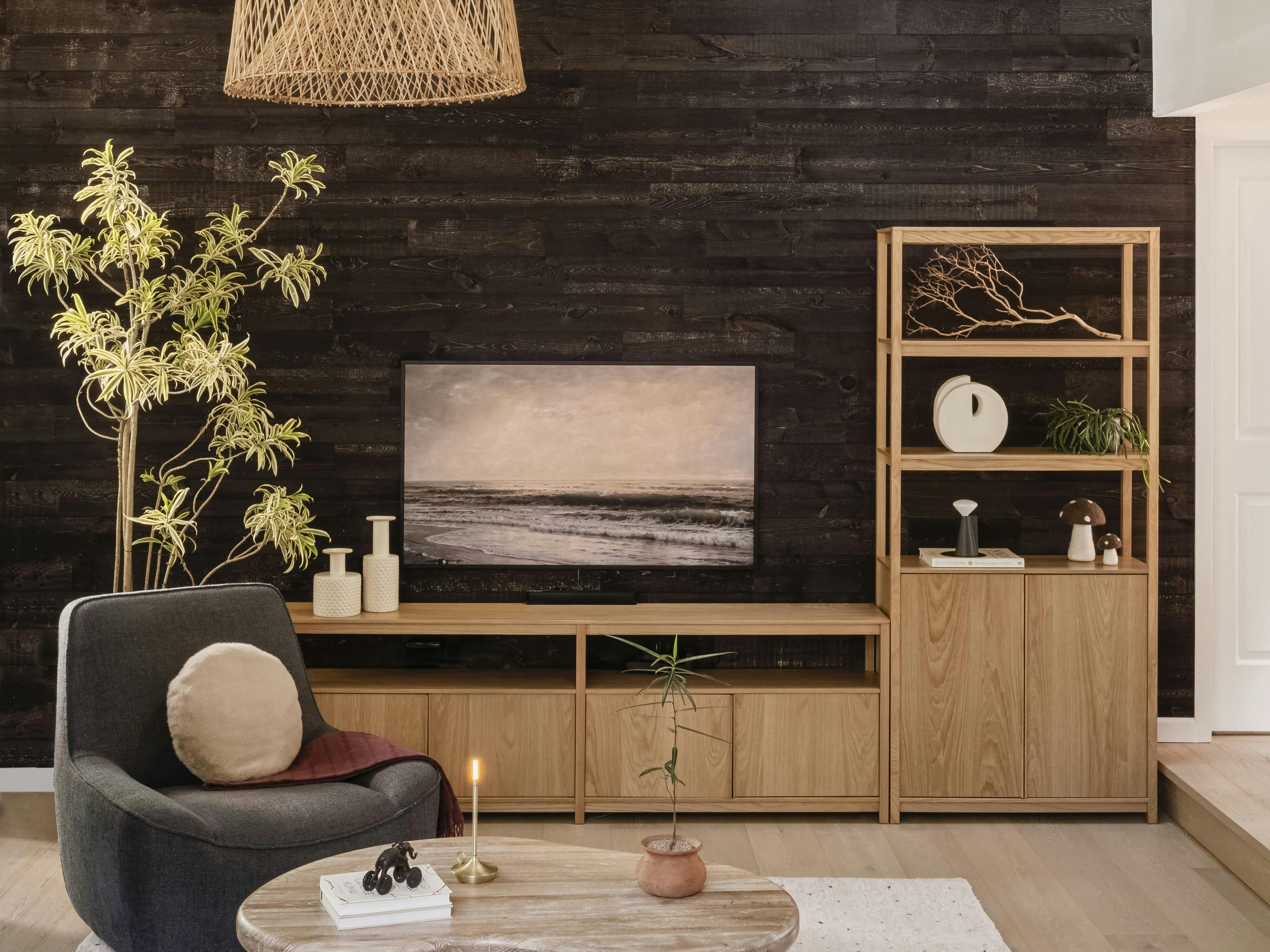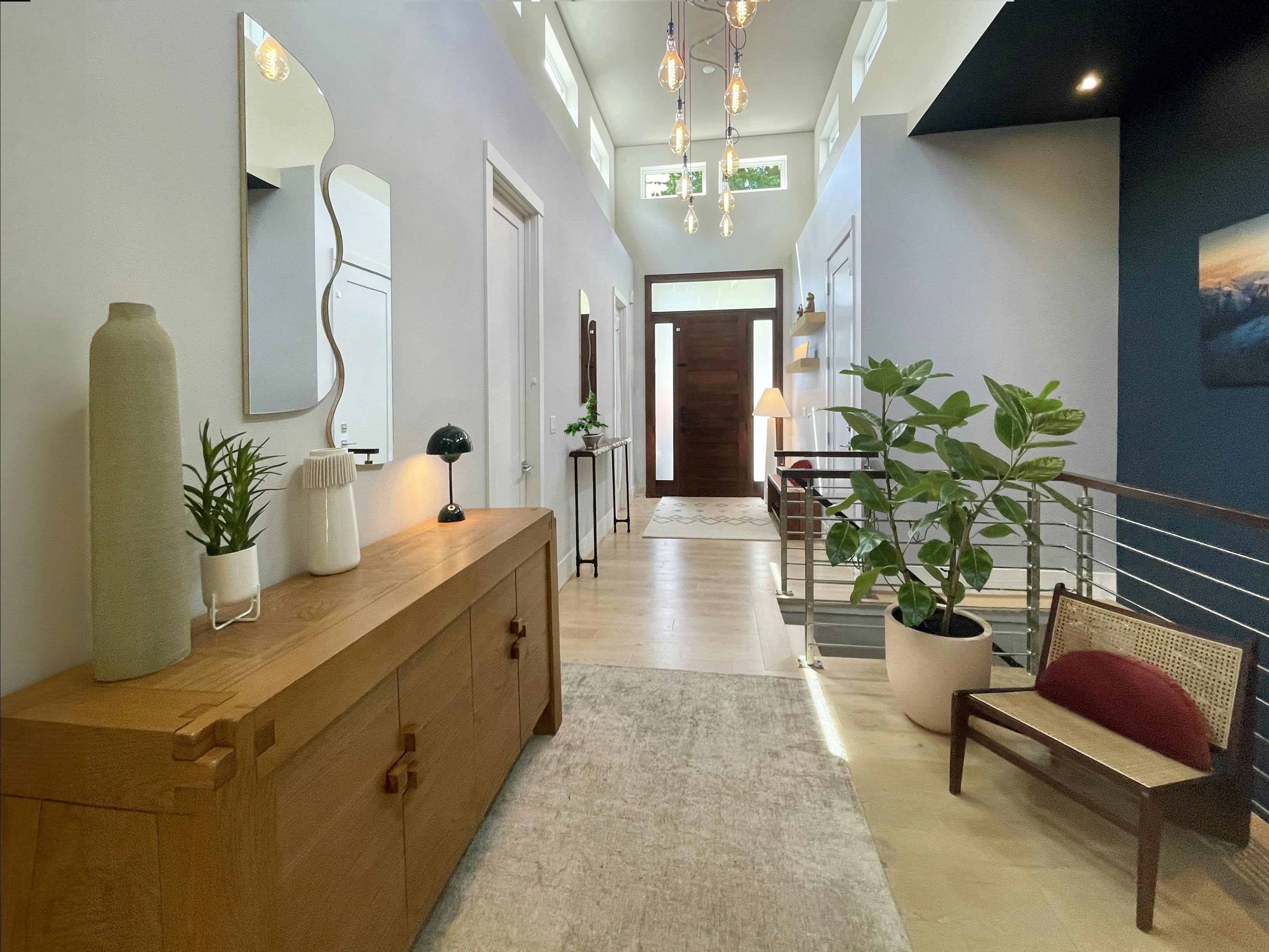Luxury interior design has long been associated with perfection: gleaming marble, polished brass, untouched leather.
Yet today, the most discerning eye in the interior design circles is not drawn to flawless finishes, but to surfaces that reveal the passage of time.
Patina — the natural sheen and transformation that materials acquire as they age — has emerged as the new hallmark of modern luxury in interior design. It transforms wear into worth, turning what was once considered imperfection into a symbol of sophistication.
In a world where newness feels increasingly old, patina gives us texture, history, and the allure of something lived-in and deeply authentic. Cutting out the conspicuous display, patina communicates the subtle poetry of use and time.
For luxury interior designers today, patina means more than a surface treatment; it is a conversation starter, a way of signaling taste that values depth over gloss, and character over uniformity.







